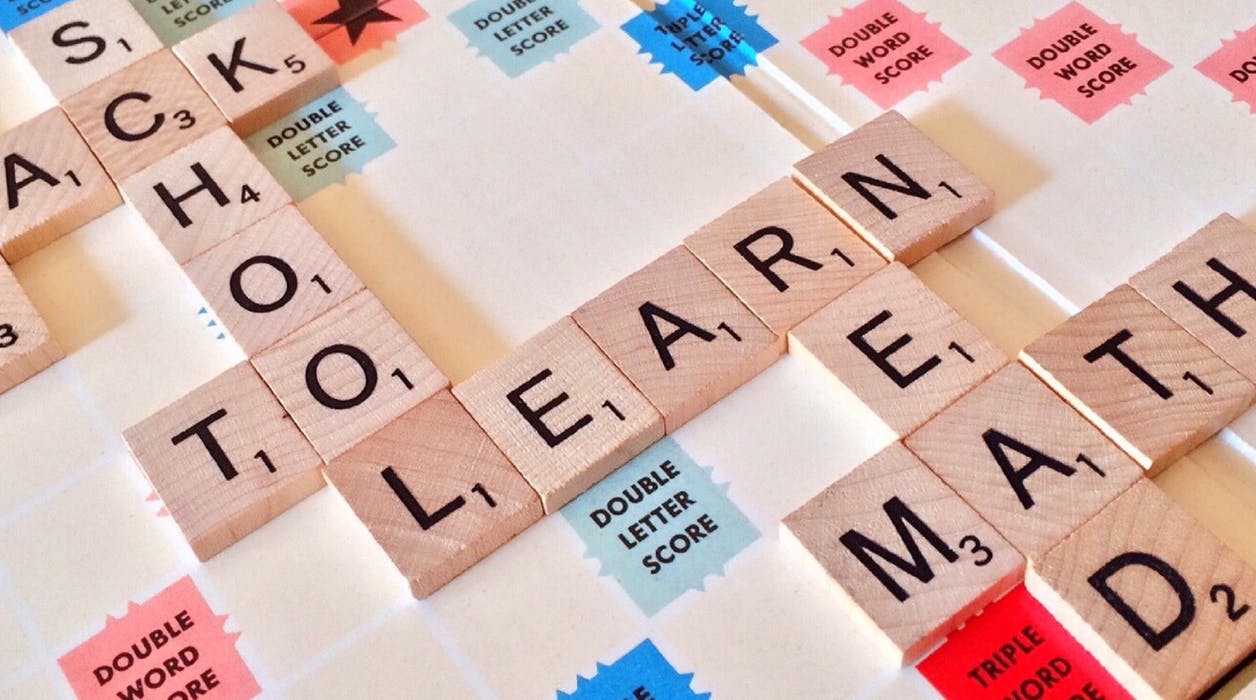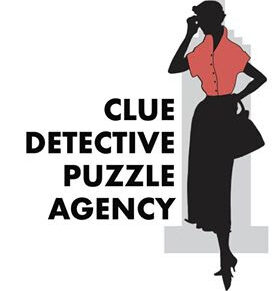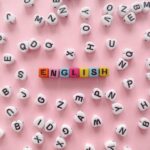
Puzzles as Learning Tools
Using puzzles as learning tools is an innovative way for educational organisations and businesses to present their materials. It is a very cost-effective form of training and it allows employees or students to do the training whenever it suits them.
When designing your course you will need to build in some form of testing and assessment so that your employees can monitor their progress. The results will also show you whether your training materials are adequate or not.
Build knowledge with a puzzle
Puzzles as crosswords are a great tool to use when you need to assess someone’s knowledge on a particular topic. Course designers can build them in to test vocabulary but they can also be used to assess the actual standard of learning. Careful construction of clues and answers will let course designers assess what knowledge the students have retained during the course.
Puzzles make great assessment tools
Not only can puzzles be used for assessment, they can also help your students to retain knowledge. By completing a crossword your student has a fun way to help them remember what they have just learnt. A carefully constructed crossword will reinforce all the important points of learning.
Make technical terminology fun to learn
The majority of subjects studied at school and university at school and university have an associated ‘glossary’ of words associated with it. Science is a classic example. You start from the Periodic Table of Elements and go from there. There is nothing worse than being given a textbook and being told to memorise the first 20 elements and their atomic numbers on p. 78 for a test on Friday. While it is very important to learn this information, here are much more imaginative ways to teach it.
Here are some suggestions
- A codeword that stipulates that there is a certain number of chemical elements hidden in the puzzle grid. The student cracks the code, and deciphers all the words. One of the advantages with a codeword is that when the puzzle is completed successfully, all the words are spelt correctly. The student then discovers the hidden chemical elements and how they are spelt.
- A word search containing a list of names of chemical elements. As the student locates the word in the puzzle they need to write the element’s atomic number next to the name.
- A numerical spelling bee using list of chemical elements. Once again, students has to write the corresponding atomic number next to the name.
- Crossword puzzles with a chemical element theme. Clues might include Chemical element, atomic number 1, Chemical element with the symbol K, Chemical element, it appears in the First Transition Series
Puzzles in the age of remote learning
In an age where remote learning is becoming much more commonplace, puzzles provide an innovative opportunity for students to learn and stay safely connected with their friends and teachers.
A puzzle is a lesson plan in itself. It allows students to work together to solve a problem, whether it be a crossword with some (customised) clues to help them learn and test their general knowledge. It may be a codeword/word find which is great for improving good brain training, logic and critical thinking, not to mention spelling and vocabulary skills. This type of problem solving is good for boosting students’ mental fitness. Solving puzzles online shows them there is a solution to at least one problem – they can catch up to solve puzzles with their friends, even if it isn’t face to face. It helps teach them acceptance and the ability to be grateful for what they (actually) have.
If you are considering adding puzzles to your courses as assessment tools, Clue Detective Puzzle Agency offers a range of freelance puzzle design services to help your organisation to get started.
Contact us today to find out more





